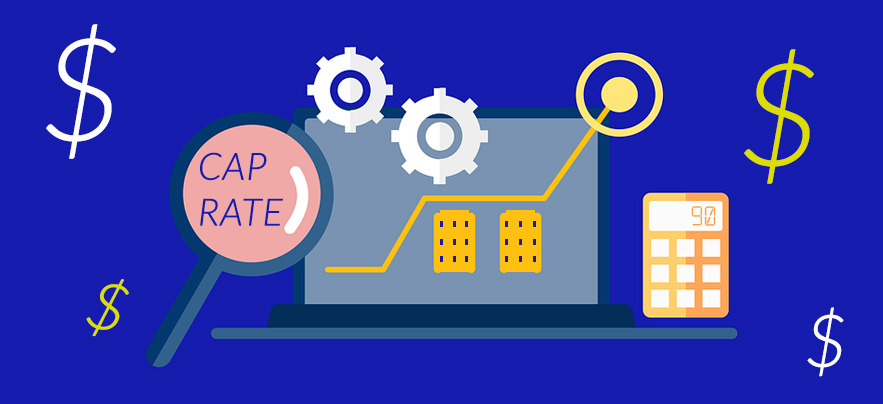Common mistakes to avoid when underwriting re
Investing in real estate can be a lucrative business, b...

Understanding the CAP rate, or capitalization rate, is key when considering investing in real estate. Evaluating potential multifamily investments requires balancing various factors. To determine the appropriate risk-reward ratio, it is crucial to grasp all the terminology and how it impacts the overall picture.
We will discuss the importance of the CAP rate in real estate and tackle the question that is likely on your mind: What makes a good CAP rate for multifamily investments?
The capitalization rate of a commercial real estate property is a way to measure its profitability, shown as a percentage.
In simple terms, it is the yearly percentage of return on investment if you were to pay all cash for the property.
It is calculated by dividing the property’s net operating income (NOI) by the purchase price. NOI represents the income a property brings in after subtracting all other operating costs like insurance, maintenance, and property taxes.

Various factors can impact a capitalization rate, including the type of property being assessed, its condition, market trends, and the property’s location.
Imagine you buy a rental property. The cap rate helps you estimate your annual return on investment (ROI) for that property. It’s a percentage you get by dividing the property’s net operating income (NOI) by its market value.
Let’s break it down with an example:
Net Operating Income (NOI) is income minus expenses:
So, the cap rate is:
In simpler terms, the 7.5% cap rate means you can expect a return of 7.5% on your total investment each year.
Another way to look at the cap rate is how long it takes to recoup your entire investment.
In the above example, it would take roughly 100% / 7.5% = 13.3 years to get your original $1 million back through the property’s income.
Generally, a cap rate between 4% and 10% is considered a good range. Here’s a quick guide:
Remember, cap rate isn’t the whole story.
Future market changes, vacancy rates, and unexpected costs can all affect your actual return. The 7.5% cap rate is just an estimate based on current conditions. According to CBRE, the average cap rate for multi-family properties is around 5.4%.
The CAP rate helps real estate investors see how profitable a property could be, in addition to factors like location and property condition. By looking at the CAP rate, investors can better understand the risk and reward of an investment.
Ready to take the next step in your multifamily investing journey?
DealWorthIt is your comprehensive software for detailed real estate analysis and important market insights. Our software empowers you to underwrite your multifamily deal and make well-informed investment decisions in just 60 seconds.
Check out DealWorthIt today to unlock the full potential of your multifamily investments!